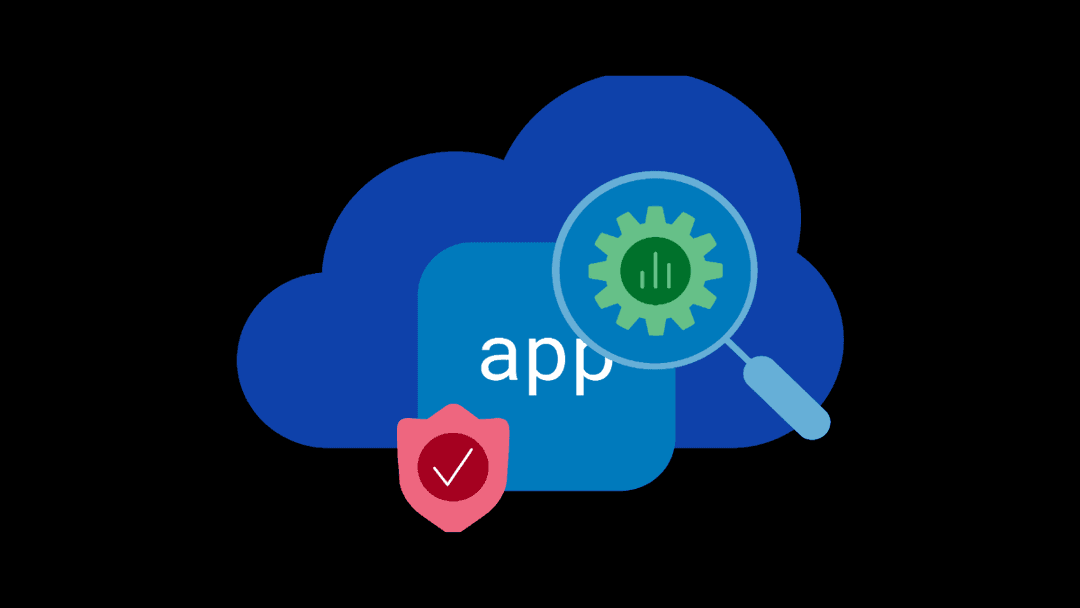Today’s applications are moving faster than ever. The pace of deployment is speeding up, with 61% of organizations releasing weekly or more frequently.1 Modern applications also have high performance standards to meet user experience demands. But today’s modern IT environments are increasingly complex, with 85% of organizations using at least two deployment environments and 44% using more than four environments across multiple clouds or on-premises.2
Managing these diverse environments has led to tool sprawl, making the management of multiple tools and APIs a top multi-cloud challenge.3 To help standardize hybrid environments, organizations are shifting to containerized apps and microservices. Nearly all organizations surveyed (94%) for a recent report said they use Kubernetes in production today.4
While containers can help make diverse, hybrid environments more consistent, they also create new security challenges, often due to a lack of visibility into the containers themselves. As a result, 67% of surveyed organizations slowed or delayed app deployments due to security concerns.5 These concerns hamper many of the benefits of containers, such as flexibility and agility.
To make the most of modern, containerized applications in today’s complex, hybrid environments, organizations need:
- A simplified, consistent experience for application delivery everywhere
- Scaling and performance to keep up with shifting demands and expectations
- Security and governance that don’t slow development
- Automation to increase efficiency and reduce the risk of human error
To have a discussion about your hybrid environment and needs, come join us at Red Hat Summit May 23–25 in Boston, where we’ll have experts onsite.
Consistency is Key
Applications can be managed more easily in a hybrid environment when they live on a consistent platform. Red Hat OpenShift is an industry-leading hybrid cloud application platform powered by Kubernetes, delivering a more consistent experience across public cloud, on-premises, hybrid cloud, or edge architecture. Centralized, multi-cluster lifecycle management makes deploying, running, and managing applications and services easier. You can even integrate familiar application delivery tools such as F5 BIG-IP to easily deploy and operate Kubernetes applications anywhere in your hybrid environment.
Meet Customer Demands
An advantage of Kubernetes environments is dynamic scaling to meet demand, but that can also lead to slow application performance or poor user experiences from connection timeouts and long configuration reloads. F5 NGINX and BIG-IP are optimized for use with Red Hat OpenShift to deliver improved visibility and control to help keep applications running at peak performance through features such as load balancing and health insights. In addition, F5 NGINX Ingress Controller can discover and adapt to dynamic application changes in Kubernetes pods or workloads on Red Hat OpenShift in milliseconds to manage application performance in real time.
Fast and Security-Focused Releases
To avoid delays in Kubernetes deployments, developers need access to self-service tools, including security. When security controls are integrated across distributed environments, such as web application and API protection deployed closer to applications themselves, the risk of security threats is diminished without slowing release velocity or performance. F5 solutions include web application firewalls and denial-of-service protection for Kubernetes applications and APIs running on Red Hat OpenShift, along with self-service tools for developers to release faster with strong governance.
Automate for Greater Efficiency
Adding automation improves consistency, reliability, innovation, and security. Not only does this increase the speed and efficiency of releases by helping developers test applications or deploy infrastructure-as-code more quickly, but it also mitigates risk by reducing the chance of errors or misconfigurations that could create a security vulnerability. Automating repeatable processes results in consistent outcomes, such as broadly and correctly applied network and security policies.
With F5 NGINX Plus and Red Hat Ansible Automation Platform, applications can be deployed in minutes instead of months, letting teams spend more time on development and less time on troubleshooting. Agentless automation and validated Ansible Collections help you start automating tasks quickly with pre-built playbooks for common NGINX use cases.
Tame Your Hybrid Environment with F5 and Red Hat
With the greater consistency of the Red Hat OpenShift platform for Kubernetes-based applications and microservices, hybrid environments become less complex. Adding F5 solutions such as BIG-IP and NGINX extend the capabilities of Red Hat OpenShift to bring familiar advanced application services that increase performance and improve security. And automating repeatable tasks with Ansible and F5 helps you innovate even faster, with improved scalability, reliability, and efficiency.
Learn more at: f5.com/redhat
Sources:
1 SANS Institute, SANS 2022 DevSecOps Survey, September 2022
2 F5, 2023 State of Application Strategy Report, March 2023
3 Ibid.
4 Red Hat, 2023 State of Kubernetes Security Report, April 2023
5 Ibid.
About the Author
Related Blog Posts

SaaS-first strategies reshape cloud-native application delivery
F5 NGINXaaS empowers cloud and platform architects to unify operations, reduce complexity, and deliver exceptional digital experiences at scale.

F5 ADSP Partner Program streamlines adoption of F5 platform
The new F5 ADSP Partner Program creates a dynamic ecosystem that drives growth and success for our partners and customers.

Accelerate Kubernetes and AI workloads with F5 BIG-IP and AWS EKS
The F5 BIG-IP Next for Kubernetes software will soon be available in AWS Marketplace to accelerate managed Kubernetes performance on AWS EKS.
F5 NGINX Gateway Fabric is a certified solution for Red Hat OpenShift
F5 collaborates with Red Hat to deliver a solution that combines the high-performance app delivery of F5 NGINX with Red Hat OpenShift’s enterprise Kubernetes capabilities.
F5 Silverline Mitigates Record-Breaking DDoS Attacks
Malicious attacks are increasing in scale and complexity, threatening to overwhelm and breach the internal resources of businesses globally. Often, these attacks combine high-volume traffic with stealthy, low-and-slow, application-targeted attack techniques, powered by either automated botnets or human-driven tools.
Phishing Attacks Soar 220% During COVID-19 Peak as Cybercriminal Opportunism Intensifies
David Warburton, author of the F5 Labs 2020 Phishing and Fraud Report, describes how fraudsters are adapting to the pandemic and maps out the trends ahead in this video, with summary comments.